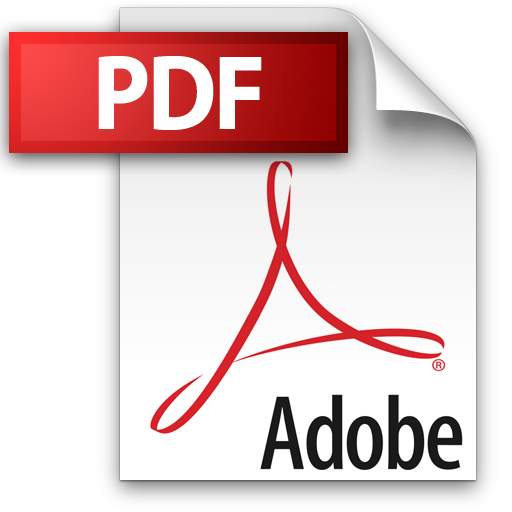171 | Add to Reading ListSource URL: science.energy.govLanguage: English - Date: 2011-01-10 08:31:26
|
|---|
172 | Add to Reading ListSource URL: www.lrz.deLanguage: English - Date: 2014-07-28 09:04:13
|
|---|
173 | Add to Reading ListSource URL: info.bao.ac.cnLanguage: English - Date: 2012-08-22 05:05:30
|
|---|
174 | Add to Reading ListSource URL: www.omatumr.comLanguage: English - Date: 2006-08-08 22:48:49
|
|---|
175 | Add to Reading ListSource URL: milesmathis.comLanguage: English - Date: 2013-09-11 01:25:40
|
|---|
176 | Add to Reading ListSource URL: www.astro.princeton.eduLanguage: English - Date: 2013-03-28 19:46:21
|
|---|
177 | Add to Reading ListSource URL: www.gbv.deLanguage: English - Date: 2007-03-14 08:37:43
|
|---|
178 | Add to Reading ListSource URL: www.nextgenscience.orgLanguage: English - Date: 2015-01-06 07:48:32
|
|---|
179 | Add to Reading ListSource URL: spacemath.gsfc.nasa.govLanguage: English - Date: 2010-05-02 04:17:40
|
|---|
180 | Add to Reading ListSource URL: spacemath.gsfc.nasa.govLanguage: English - Date: 2011-02-04 11:48:20
|
|---|